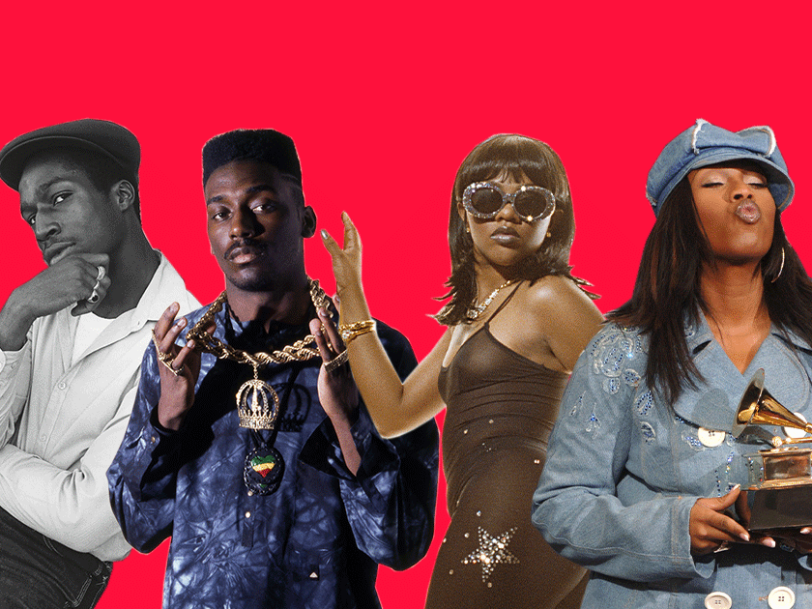Hip-hop? Well, that’ll never last. When rap burst into the public consciousness at the start of the 80s, many seasoned observers saw it as a an inevitably limited craze: why, those guys didn’t even sing. Turns out nobody cared about that. What they wanted was a beat and a rhyme to reflect modern times. The music provided the perfect soundtrack to the 80s and 90s, when individual voices had to speak loudly to be heard amid the rapid changes in society. Hip-hop has long since been recognised as a massive societal phenomenon and a dazzling artistic endeavour, and its stars have gone on to light up Hollywood, fascinate us on TV, and become hugely wealthy and influential business figures. Hip-hop has given young women the chance to express themselves in ways that were unthinkable when it first emerged; it’s commented on the evils of modern life, and it still resonates right across the cultural landscape. Oh, and it also rocks you to the bone. Hip-hop’s development is the story of a music that has shaped itself and commented on its progress and current status even as it was being made. There are many variants of rap and too many figures who helped build it to cram them all into this hip-hop history, but there is only one hip-hop. And one thing is certain: hip-hop don’t stop.
Listen to the This Is Hip-Hop At Fifty playlist here.
The birth of hip-hop: The 70s
In the beginning was the word. The spoken word. It had been a part of music in America since plantation workers beat out rhythms that slavers feared, condemned, could not comprehend. Their music was a voice and a beat; handclaps, a drum. Far from primitive, it was sophisticated; it gave birth to the blues, to gospel, to jazz; to swing, rhythm’n’blues and bebop; to soul and funk. Each of these was built on the bedrock of the beat, no matter how complex the sweetenings might be. And each was condemned in turn: swing would supposedly turn the daughters of the middle-classes into cocaine-crazed flappers; R&B was the devil’s music; funk was grits and gruntin’. The birth of hip-hop would be no less controversial.
In the mid-70s, kids started taking the mic and talking over records at block parties in the areas of New York City where Manhattan sophisticates, happy to be seen doing dreadful dances at the sort of clubs that refused admission to Black people, would never dare to tread. “Why, have you heard this new rap music? It’s hardly music at all, my dear. They just talk over records.” But rap had always been there in the background, be it Cab Calloway talking jive, or Solomon Burke, Millie Jackson, Isaac Hayes or Bobby Womack recording monologues that explained the feelings behind their songs. Wanda Robinson delivered lonely loft musings. Gil Scott-Heron’s poetic brainpower fuelled state-of-the-nation observations. James Brown warned about King Heroin. The Last Poets just plain warned… Black communities were attuned to it all: speaking over sound was a way of life for some. But it took a related musical culture to provide the necessary stimuli to initiate the birth of hop-hop, and it was embodied by Clive Campbell, a Bronx, NYC, record spinner who gloried in the name of DJ Kool Herc.




